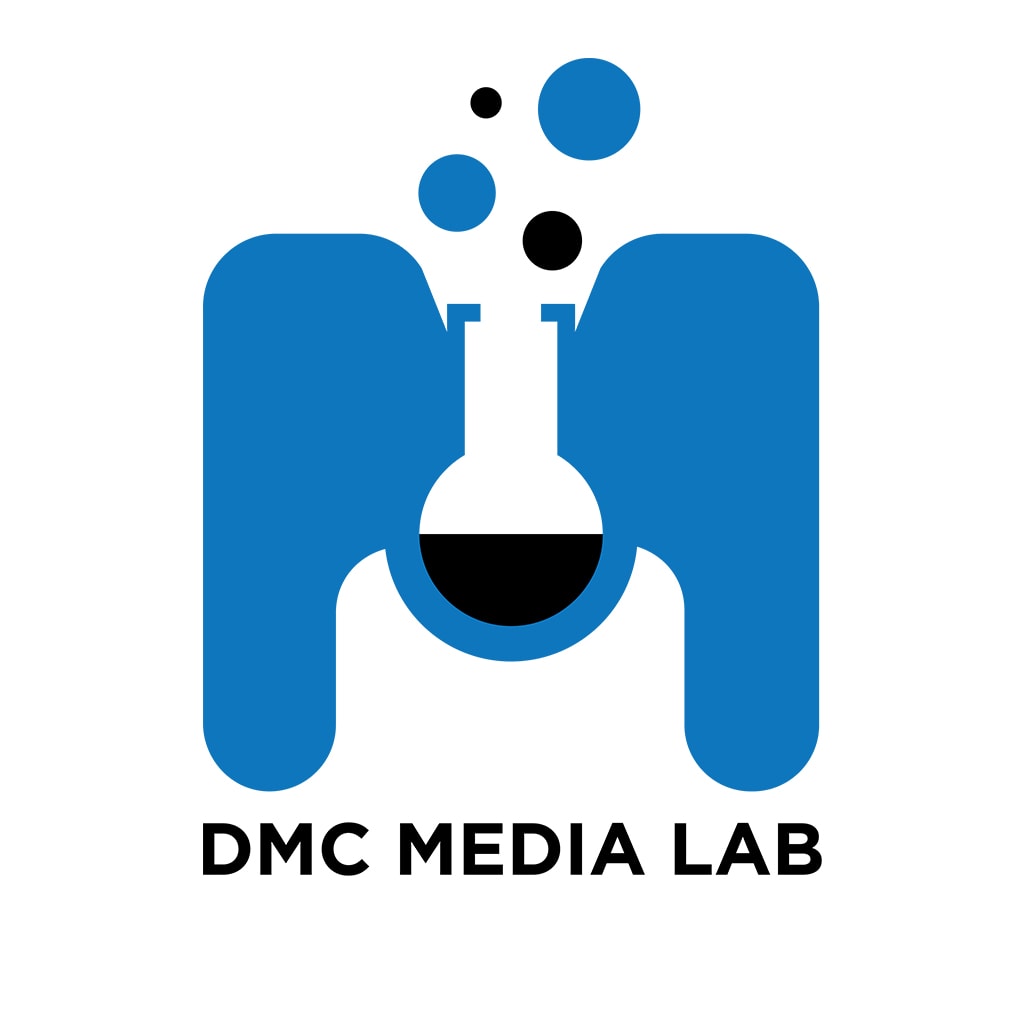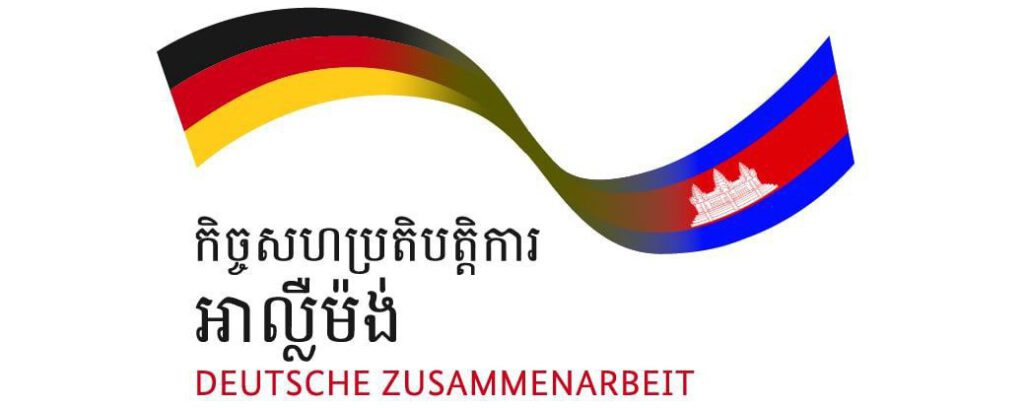By: San Boreyroth & Chap Hanna

Mapping Memories Cambodia home page layout
Between 1975 and 1979, Cambodia endured one of the darkest periods in its history under the Khmer Rouge regime. Nearly 2 million people lost their lives, and over 5 million survivors lived to recount tales of suffering and resilience. These stories are now preserved and shared through the Mapping Memories Cambodia website, offering a glimpse into the horrors and strength of that era.

Mapping layout of the website
Mr. Bunsim San, the project manager of Mapping Memories Cambodia, explained the initiative’s purpose in an interview: “Mapping Memories Cambodia is a digital tool designed to remind people about genocide history, human rights, equal access, war crimes, and to reflect on past conflicts.”
Mapping Memories Cambodia (MMC) tells the stories of the Khmer Rouge era through an engaging combination of photos, video documentaries, audio features, and articles, tied to various locations across Cambodia.

Mr. Bunsim, the current project manager of Mapping Memories Cambodia
Mapping Memories Cambodia (MMC) tells the stories of the Khmer Rouge era through an engaging combination of photos, video documentaries, audio features, and articles, tied to various locations across Cambodia.

Mapping Memories Cambodia team in 2019
This digital platform, along with a mobile application, was launched in 2019 by students from the Department of Media and Communication (DMC) at the Royal University of Phnom Penh (RUPP). The project received financial support from Deutsche Gesellschaft für Internationale Zusammenarbeit (GIZ) and the Civil Peace Service (CPS) and collaborated with the Documentation Center of Cambodia (DC-CAM), which ensured the accuracy of its content.
Mrs. Povleakhena Nov, the content manager and editor of MMC, highlighted the importance of digital media in educating younger generations about the Khmer Rouge:
“Most traditional media used to recount these stories—such as books, survivor memoirs, or documentaries—have a limited reach among younger audiences. Our project focused on bridging this gap,” she explained.

Mrs. Leakhnea, the content manager and editor of Mapping Memories Cambodia
She also emphasized the project’s youth-oriented design:
“The layout was deliberately designed to make the topic of the Khmer Rouge relevant to younger generations who didn’t directly experience it. We aimed to create a platform that resonates with them by incorporating technology into storytelling.”
The origins of the project date back to 2017 when Mrs. Stefanie Duckstein, then an advisor for CPS/GIZ, initiated it as a student blog (https://mappingmemoriescam.wixsite.com/home). During a two-day multimedia workshop, students from DMC’s 14th batch created stories centered on themes like love, family, fear, and music during the Khmer Rouge era.
Reflecting on the project, Mr. Bunsim acknowledged the challenges faced by students:
“Students often found it difficult to uncover fresh angles on Khmer Rouge history, and accessing reliable materials and survivor accounts remains a significant obstacle.”

Mapping Memories Cambodia blog layout
Since the stories are location-based and the events occurred decades ago, much of the evidence has significantly changed or disappeared. Former crime sites have been repurposed over time, with some transformed into houses.
Mrs. Kemsonita Khoun, a student from DMC’s 15th batch, described her experience with the project as both challenging and transformative:
“Working on this project was one of the most profound experiences of my four years at DMC. From locating credible sources to scouting locations and filming, it was an eye-opening journey into our history.”

Mrs. Kemsonita and her teammate in 2019
Unfortunately, due to financial constraints, the mobile application was discontinued in 2021.
“Maintaining the app required regular updates for iPhone and Android systems, along with backend support. Currently, we lack the resources to keep it running,” said Mr. Bunsim.
He expressed his hope for the app’s revival:
“I truly want the app to return, but it would require significant financial and technical resources, as well as discussions about new ownership. Managing such a project is costly and complex.”
Despite these setbacks, Mapping Memories Cambodia remains a vital platform for preserving and sharing the history of the Khmer Rouge, ensuring the stories of resilience and tragedy continue to educate and inspire future generations.
Metadata
Title
Mapping Memories Cambodia
Author
Project Director: Ung Bun Y, Acting Director, Department of Media and Communication
Project Advisor/ Concept: Stefanie Duckstein
Project Manager/Concept: Chan Muyhong, Department of Media and Communication
Editor: Stefanie Duckstein, Pin Manika, Chy Bormey, Chan Sovannara, Aun Chhengpor, Sar Pisey
Content Manager/ Editor: Nov Povleakhena
Audio & Video Editor: Ly You Y
Writers and Producers: Batch 15, Batch 16 students, Department of Media and Communication and Alumni
Artists/Designer:
Keat Monnyrak, Kramuon Art Design and Mass Communication
Bun Somnang, Architect student from Royal University of Fine Arts
Ly Puthirak, Architect student from Royal University of Fine Arts
So Vitou, Architect graduate from Royal University of Fine Arts
Year
2019 – Present
Place of Publication
Phnom Penh, Cambodia
Technical Requirements
Standard Browser
Live Version
Archived Version
Source
Interview with Mr. Bunsim San on November 20th, 2024
Interview with Mrs. Kemsonita Khoun on December 3rd, 2024
Interview with Mrs. Povleakhena Nov on December 5th, 2024
Disclosure of used AI and writing tools: ChatGPT and Grammarly.



